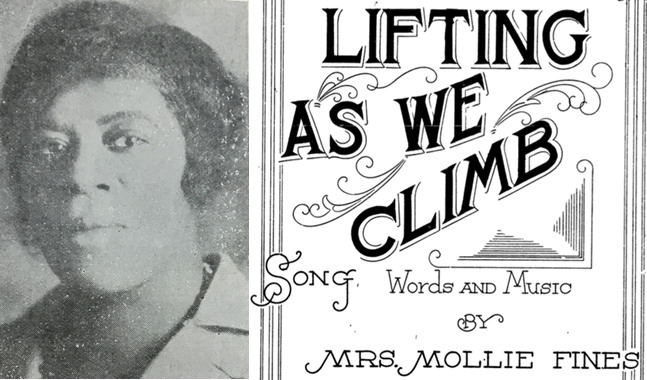
Finding Mollie Fines
Wichita’s newspaper, The Negro Star, helps document the remarkable life of Mollie Fines, and shows that she regularly used new musical experiences to create new opportunities.
There is no historical or geographical limit on what can be covered. There is no restriction on the style or genre of song or singing.
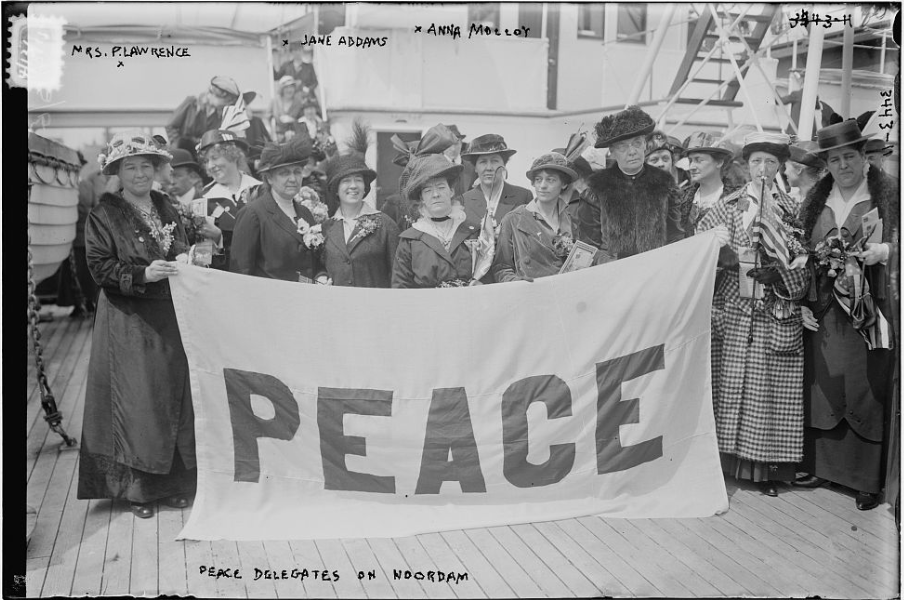
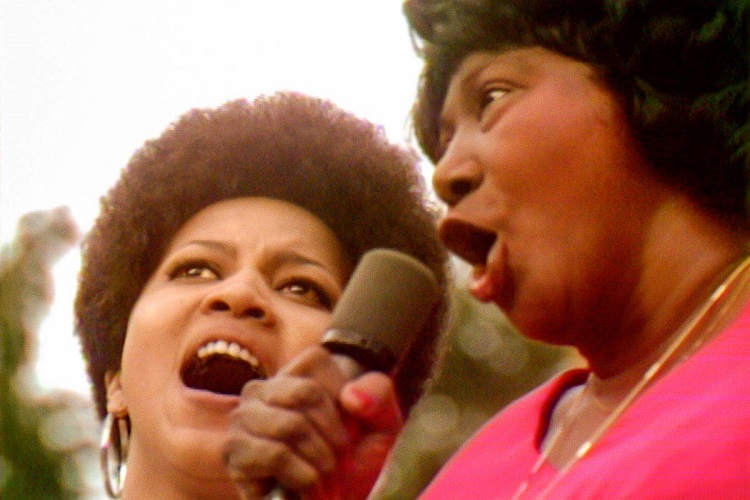

Wichita’s newspaper, The Negro Star, helps document the remarkable life of Mollie Fines, and shows that she regularly used new musical experiences to create new opportunities.
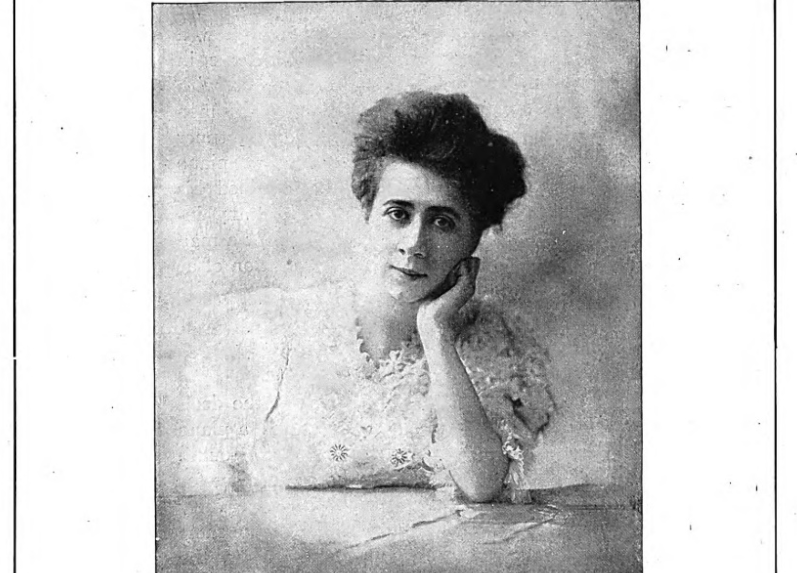
“Boat Song” was Harriet Ware’s best-selling song. In particular it became a standard for two unexpectedly allied groups of singers: professional men and amateur women.
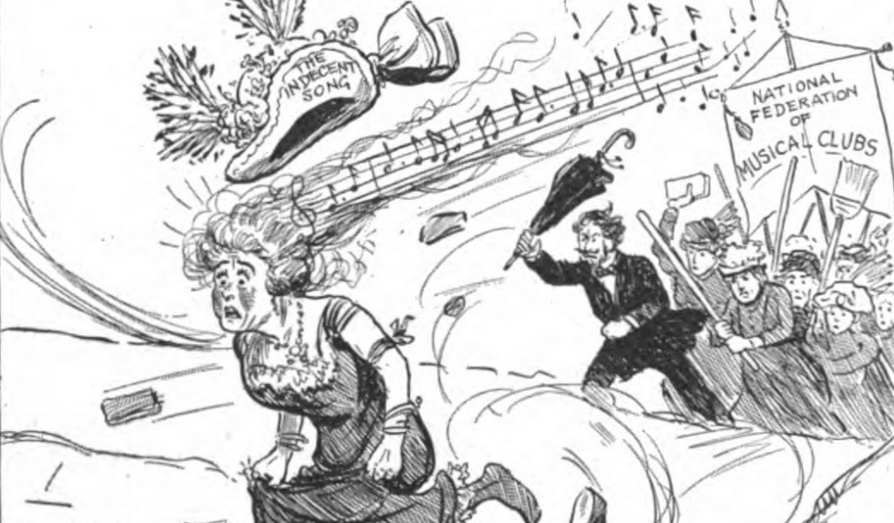
By 1913 the “indecency” of modern popular songs could no longer be ignored. Members of the National Federation of Music Clubs tried to fight back.
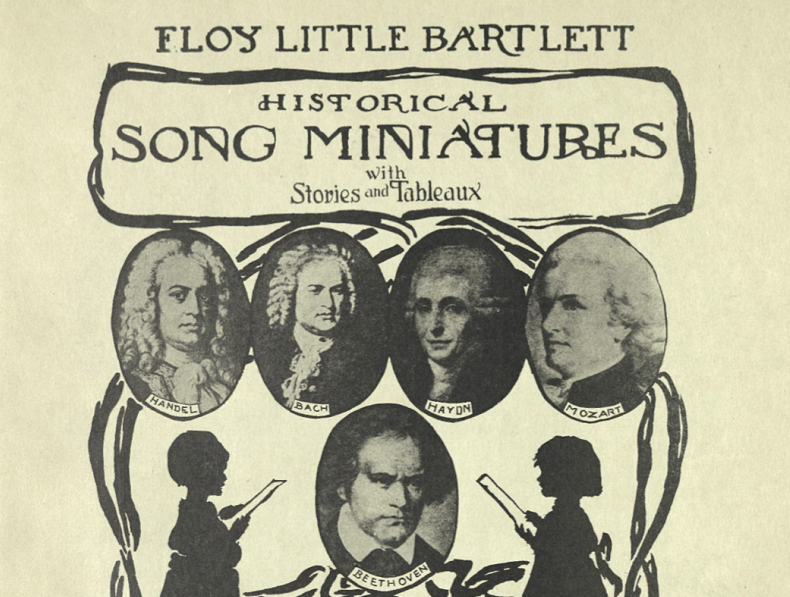
As European art music began to be challenged by jazz, musically influential women devised ways to cultivate “a taste for ‘good’ music in children.”
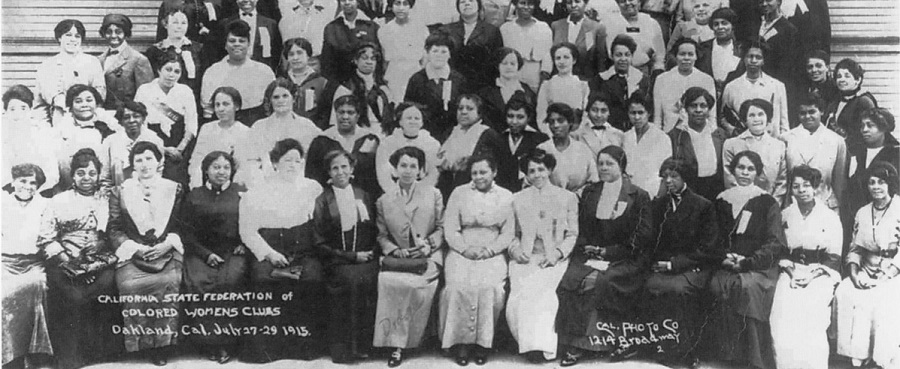
By 1914 the NACWC had 50,000 members. Their motto, “Lifting as We Climb,” was worked into songs performed regularly at meetings. It reverberates to this day.
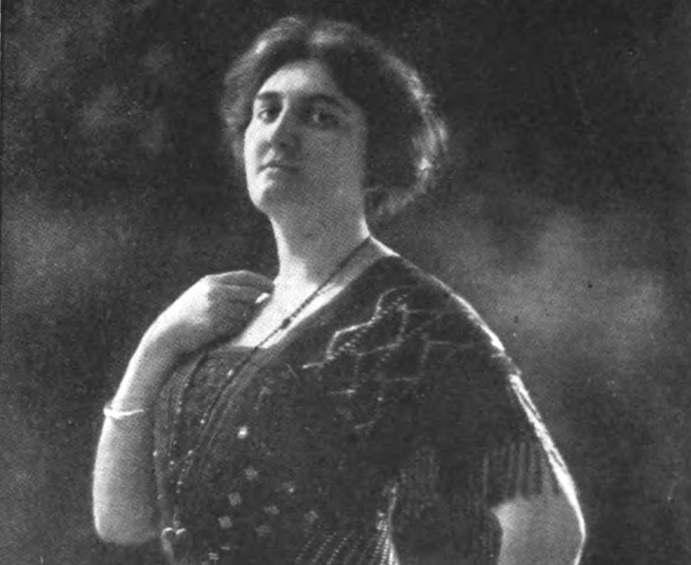
Just over a century ago, there was a concerted effort by contralto Alice Louise Mertens and composer-pianist Lola Carrier Worrell, and others, to champion American women composers.
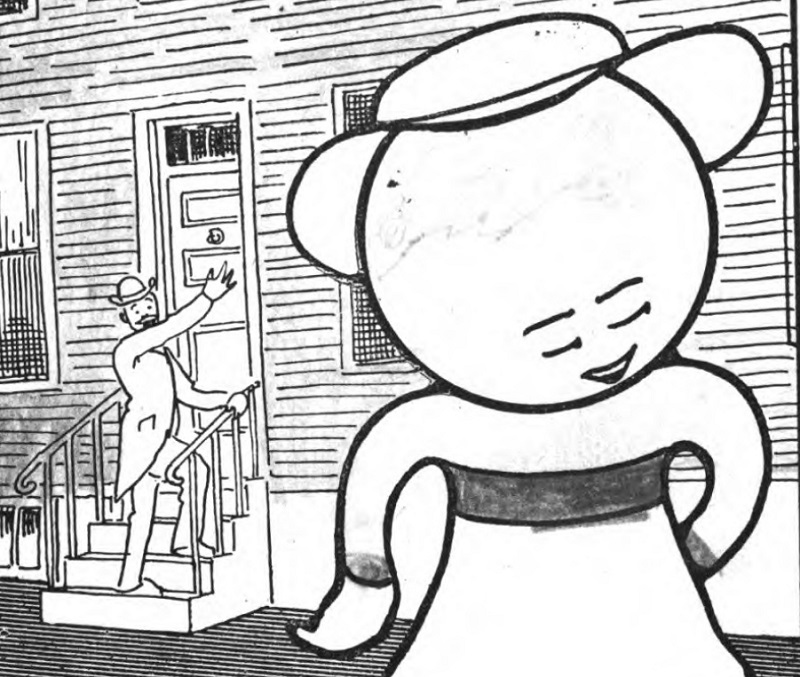
“The Goop Directory of Juvenile Offenders Famous for Their Misdeeds” is an unlikely source of material for children’s songs. Elizabeth Merz Butterfield thought otherwise.

The upcoming premiere by Red Vespa of Lisa Neher’s composition, Upon a Broken World, acknowledges what we have endured these past few years.

American women in peace organizations active between the two World Wars sought to transform the culture that glorified war. Elisabeth Johnson was one of them.

A century ago, Mary Turner Salter’s cathartic song about the death of a child was sung by female singers nationwide. It spoke to women’s experiences.